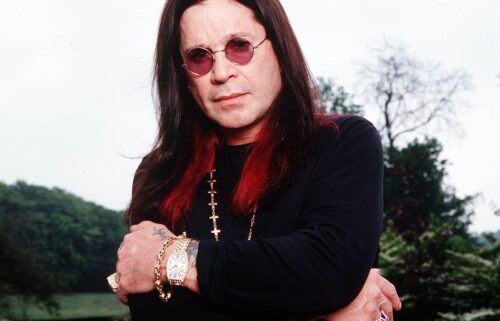‘Guillermo del Toro’s Pinocchio’ is beautiful but comes with too many strings attached
Review by Brian Lowry, CNN
The mere title “Guillermo del Toro’s Pinocchio” announces that this stop-motion animated movie reflects the keen eye and visual style of the directing auteur, with a healthy dose of revisionism and reimagining baked into that. Yet despite its beauty, several of those narrative touches don’t fully work, leaving behind a movie that’s aesthetically lovely but narratively uneven.
Seeking deeper emotional resonance and adopting a darker maybe-not-for-kids tone, this “Pinocchio” opens with a prologue about Geppetto (voiced by “The Strain’s” David Bradley) having lost his young son, leaving him not merely lonely but grief-stricken. His story is still narrated by an anthropomorphic cricket (Ewan McGregor), although here, the bug is a traveling novelist before being tapped as the wooden boy’s conscience.
Pinocchio (Gregory Mann) turns out to be another interesting visual choice, resembling a creature carved out of wood more than the puppet from the Disney classic, whose shadow lingers over this production in a number of ways. Perhaps foremost, del Toro makes the ill-advised decision to incorporate songs into the story, although he keeps interrupting them, which might speak to a certain lack of conviction about that particular aspect.
There is, again, a fairy (Tilda Swinton) who seeks to ease Geppetto’s suffering — referring to him as a “poor, heartbroken man” — by giving the wooden boy life. Here, the old man is initially resistant, announcing, “You’re not my son!,” gradually coming around as the cheerful lad embarks on a series of harrowing adventures, including his involvement with a puppet show whose proprietor, Count Volpe (Christoph Waltz), makes the fearsome Stromboli seem cuddly by comparison.
It’s around that point where del Toro (who shares directing credit with animator Mark Gustafson) appears determined to connect this “Pinocchio” to larger and more ambitious themes. Setting the tale in Italy during the rise of Mussolini, he shows other young boys being drafted to serve the fascist state. It’s an intriguing but ultimately muddled departure, grounding a story associated with fantasy in grim historical reality.
Not surprisingly given his track record, del Toro fares better in creating a rich visual template, with the fairy and the sea monster bringing to mind the inventiveness of his landmark film “Pan’s Labyrinth” through an animated filter.
As it happens, this version of the story follows Disney+’s live-action rendition featuring Tom Hanks, which inadvertently gave the word “wooden” a workout. While del Toro’s take is much more interesting, nor can it be viewed as an unqualified success, making one wonder whether everyone might have been better off simply leaving the 1942 classic alone.
Obviously, the intent was to make a movie that isn’t your granddad’s “Pinocchio,” and del Toro — who also put his possessory brand on the recent Netflix anthology “Cabinet of Curiosities” — has accomplished that mission.
“Pinocchio” surely has its moments. But beyond answering the streaming giant’s wish for another marquee attraction carved from a beloved property, any praise comes with a few strings attached, depriving it of the consistent sense of wonder that would qualify as a dream come true.
“Guillermo del Toro’s Pinocchio” premieres December 9 on Netflix. It’s rated PG.
The-CNN-Wire
™ & © 2022 Cable News Network, Inc., a Warner Bros. Discovery Company. All rights reserved.






